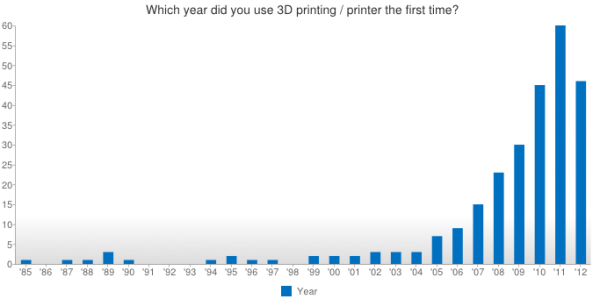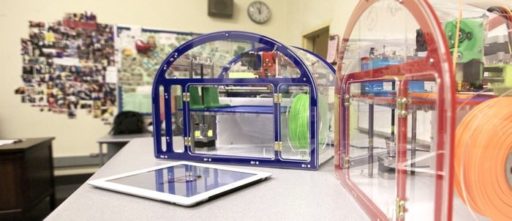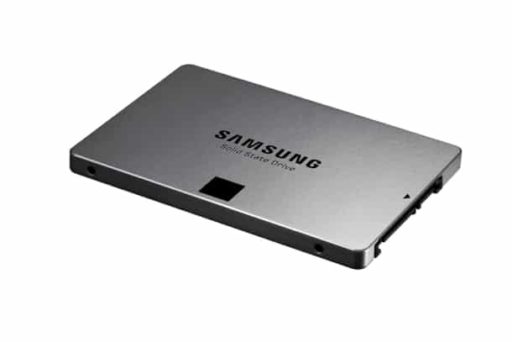3D printing is not a new concept. It has been around for quite some time. However, until quite late, this technology has been confined to labs and research sites, not available commercially to a common user. Now, however, 3D printers and 3D printing have become lot more common, commercially too.
One of the most interesting parts of the expansion of evolution of 3D printing is that it has come about to have a solid presence in the open source world. Members of the open source community are flocking in huge numbers to pitch in with their contributions to the software of 3D printers.
According to a survey about 3D printing, it has now been revealed that the use of 3D printers has risen tremendously over recent times. The use started rising about as back as 2004 and since then, it has rather risen quite sharply. Moreover, most of the users tooling these smart machines make use of them to create functional models. In second number are such people who create artistic items using the technology.
Other notable and most popular uses of 3D printers include creation of spare parts for other devices, research purposes and actual part production.
As regards the materials used in printing 3D objects, PLA is most popular, followed by Polymer, Metals of different kinds and ABS. The RepRap is the most common printer used according to the survey results. Other popular models include the MakerBot, Objet, Stratasys and EOS.
Again, the open source aspect of the whole phenomenon of 3D printing is manifest in the fact that of all the people asked in this survey, about 55% are involved in at least one open-source project. Another 20% said that they want to be a part of an open-source project in the future.
Future Of 3D Printing:
When asked which features they would most want to be a part of 3D printers in the coming days, most of the respondents said that they would want the quality of the printed object to improve. This was followed by those who wanted the speed of printing to be enhanced and those who want the cost of printing material to come down. Finally, respondents also wanted metal material printing and cheaper printer prices to be a part of the future of 3D printing.
One of the chief problems, as cited by the respondents, in the adoption of 3D printers is that they are hard to learn and use. This involves both the hardware as well as the software of such printers. Unlike common printers, you can’t Plug-and-Play the 3D printers.
Moreover, the costs of 3D printers as well as printed objects is considerably high, which makes these printers still a lot less commercially viable compared to normal printers.
Source: Statistical Studies Of Peer Production
[ttjad]




